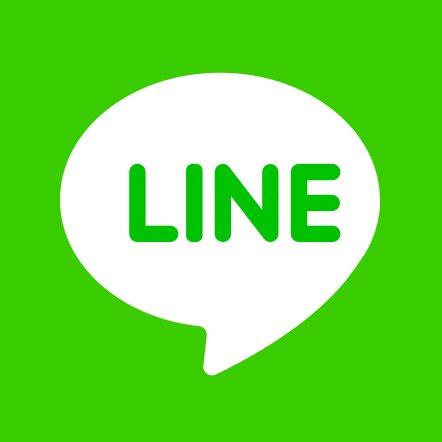IoT bowl feeders Malaysia are becoming essential in the country’s transition to smarter, more efficient manufacturing. These advanced systems combine traditional bowl feeder technology with intelligent sensors and data connectivity to reduce downtime, improve product quality, and support Industry 4.0 automation.
As Malaysian manufacturers embrace digital transformation, IoT (Internet of Things) bowl feeders are becoming a crucial part of their shift toward smarter, more efficient production systems. These advanced devices bring together proven bowl feeder technology with intelligent feeder systems and real-time connectivity, helping companies reduce downtime, improve output, and stay competitive in the global market.
This article explores the impact of IoT bowl feeders in Malaysia, why they are gaining popularity, and how they support the broader goals of Industry 4.0 automation.
What Is an IoT Bowl Feeder?
A traditional bowl feeder uses vibration to orient and move parts along a track for automated assembly. An IoT-enabled bowl feeder takes this concept further by embedding sensors, controllers, and data connectivity into the system. These components allow manufacturers to track feeder performance, adjust settings remotely, and receive predictive alerts before failures occur.
These smart bowl feeders are a core component of connected manufacturing, enabling live system monitoring and data-driven decision-making. The result is better performance, fewer production interruptions, and increased operational efficiency.
Why IoT Bowl Feeders Are Gaining Ground in Malaysia
Predictive Maintenance Prevents Downtime
Instead of reacting to machine breakdowns, IoT-enabled feeders allow for condition-based monitoring. Internal sensors detect signs of wear in motors, coils, or track linings and send alerts before serious issues develop. This predictive approach can help manufacturers reduce emergency repairs, lower maintenance costs, and avoid unexpected halts in production.
A factory in Johor reported a 40 percent decrease in unplanned stoppages after switching to IoT feeders within a three-month period.
Remote Access and Real-Time Monitoring
Modern operations benefit from remote visibility. Engineers and managers can monitor feeder speed, vibration, and load from a desktop or mobile device, regardless of their location. This is especially helpful for facilities running multiple production lines or operating across different locations.
Real-time access to machine data ensures faster responses to problems, better planning, and improved accountability across teams.
Improved Quality and Traceability
For industries like electronics, pharmaceuticals, and automotive manufacturing, consistent part feeding is critical to maintaining product quality. Intelligent feeder systems can detect irregular vibrations or part misalignments, triggering alerts and halting the process before defective products accumulate.
These systems also generate traceable data logs, which can be helpful during quality audits or production reviews.
Common Applications in Malaysian Industries
| Industry | Use Case |
| Automotive | Delivers clips, bolts, and fasteners with consistent orientation and timing |
| Electronics | Handles fragile components like sensors, chips, and resistors with precision |
| Food and Beverage | Ensures hygienic part handling with smart alerts for cleaning and maintenance |
| Pharmaceutical | Validates vial sorting and syringe feeding while maintaining sterility |
These applications reflect the growing demand for smart bowl feeders in highly regulated, fast-paced environments.
TNC Technology: Leading IoT Bowl Feeder Innovation in Malaysia
As a trusted supplier of IoT bowl feeders in Malaysia, TNC Technology works closely with manufacturers to design tailored, scalable solutions. TNC’s systems are designed to integrate easily into existing lines and support the country’s growing interest in Industry 4.0 automation.
Each feeder includes:
- Built-in IoT sensors and connectivity modules
- Real-time performance dashboards
- Custom control software for precision tuning
- Easy-to-use interfaces for operators
TNC also provides on-site installation, system integration support, and employee training to help clients adapt to smart factory practices.
Planning Ahead: Things to Consider
While connected manufacturing brings clear benefits, there are a few challenges companies should prepare for:
- Higher initial setup costs compared to conventional systems
- The need for training staff to read data and respond to alerts
- Network security measures to protect connected devices from cyber threats
TNC helps address these concerns through comprehensive onboarding programs, technical support, and cybersecurity best practices.
Looking Forward
Malaysia’s Fourth Industrial Revolution (4IR) Policy is pushing industries to modernize. As automation and connectivity become essential, IoT bowl feeders in Malaysia are no longer a niche solution but a competitive necessity.
More manufacturers are moving toward intelligent feeder systems that do more than just move parts—they support strategic, data-driven production.
Conclusion
TNC Technology is committed to delivering reliable, smart, and scalable feeding solutions. From sorting medical syringes to managing delicate electronic components, our IoT bowl feeders are built to serve critical industries with precision and performance.
To explore how your production line can benefit from smart feeding systems, contact TNC Technology today.
📞 Contact TNC Technology today.
🔗Contact Us | 📧 Email: [email protected]
Your Components, Our Solutions — You Name It, We Build It.



